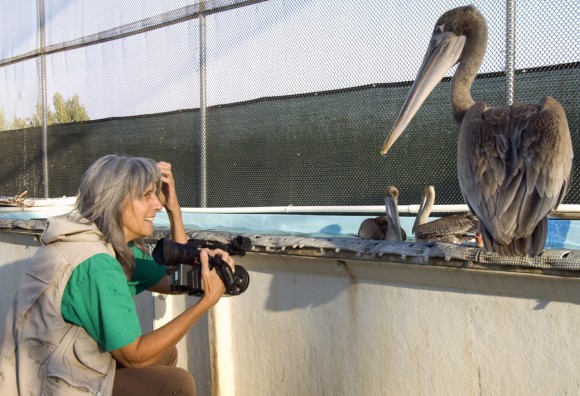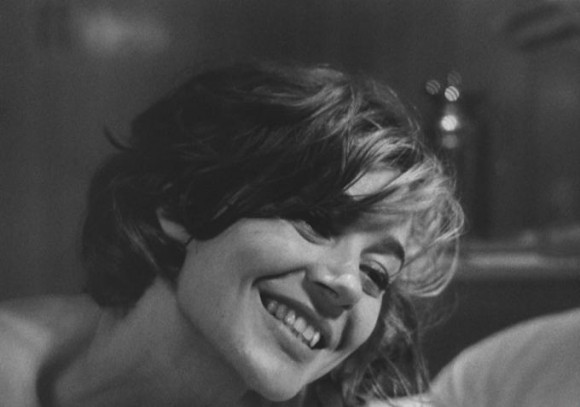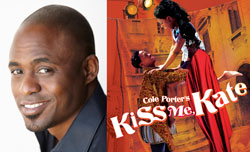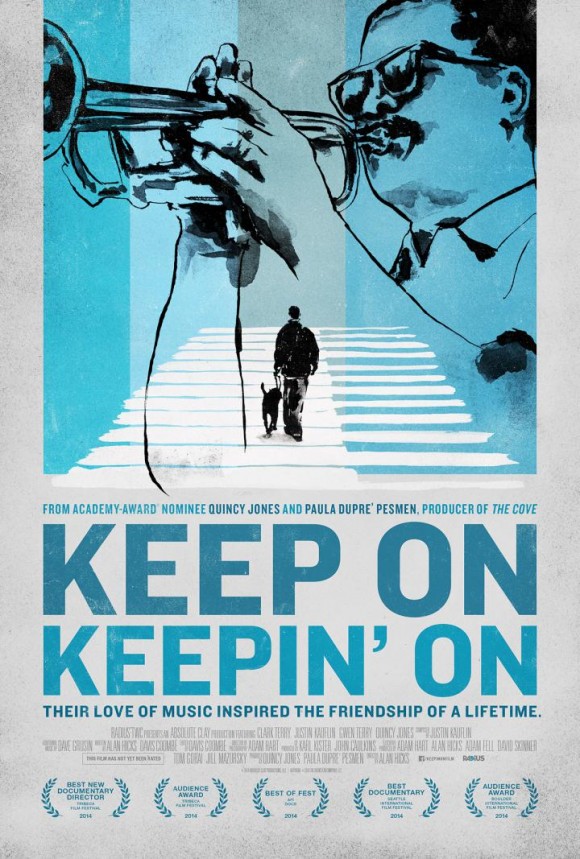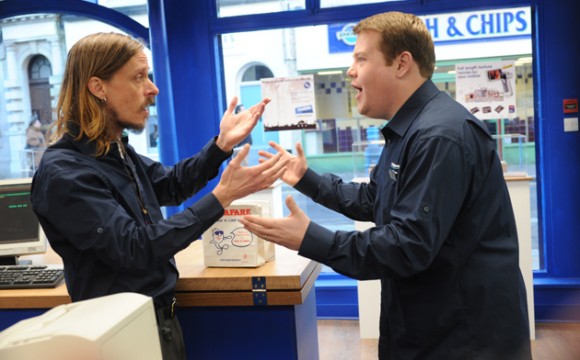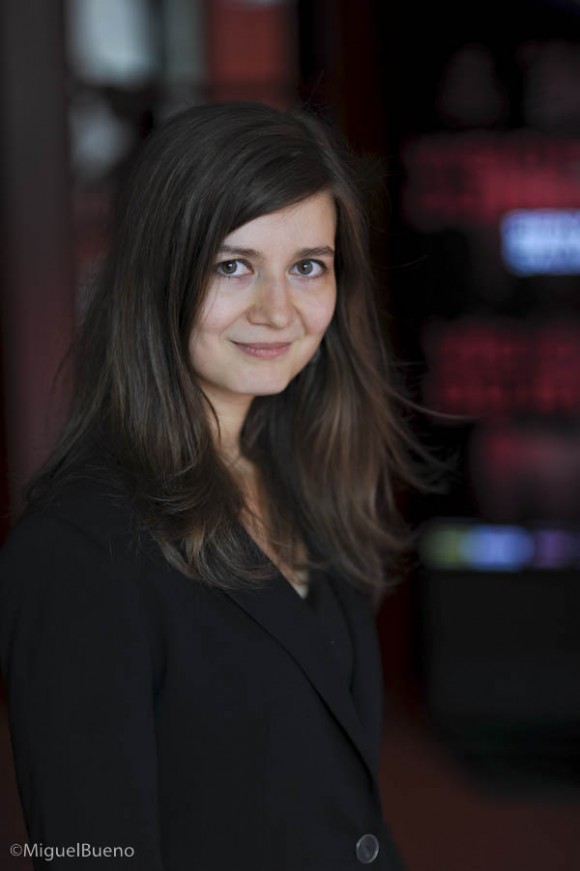What’s it like to try to get to know a flying dinosaur? In PELICAN DREAMS, Sundance and Emmy Award-winning filmmaker Judy Irving (“The Wild Parrots of Telegraph Hill”) follows a wayward California brown pelican from her “arrest” on the Golden Gate Bridge into care at a wildlife rehabilitation facility, and from there explores pelicans’ nesting grounds, Pacific coast migration, and survival challenges. Ms. Irving will attend several screenings on opening weekend to do Q&A’s: after the 7:30 PM screening Friday, November 7 at the Royal and after the 5:30 show Saturday, November 8 at the Playhouse.
